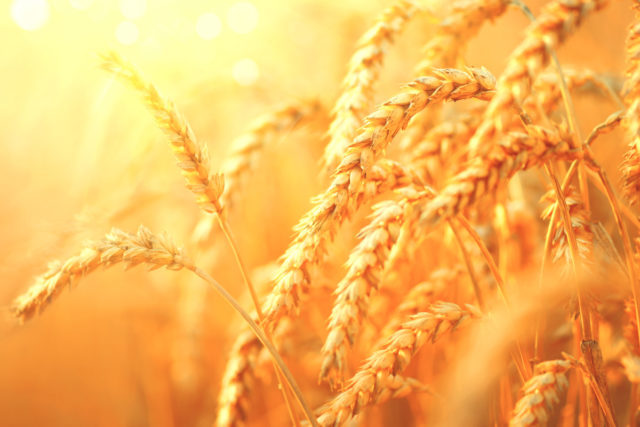KANSAS CITY, MISSOURI, US – As hope for a quick resolution to the conflict between Russia and Ukraine fades, it looks increasingly likely that the war will rage on for months and perhaps years, much like the perpetual quagmires in Afghanistan in recent decades. A protracted conflict would have dire consequences not only for Russia and Ukraine but for a world that is highly dependent on grain shipments from that region.
 Arvin Donley
Arvin DonleyWith Ukrainian ports blockaded for the foreseeable future, one of the most critical questions arising from this tragedy is what country or countries can fill the grain export void left by Ukraine, the world’s fifth-ranked wheat and fourth-ranked corn supplier?
India, the world’s second largest wheat producer with untapped potential as an exporter, is attempting to take advantage of this golden opportunity. It’s certainly not a question of availability. Coming off seven consecutive years of record wheat production, India is projected to set a record for wheat exports in the 2021-22 marketing year at nearly 9 million tonnes and could nearly double that amount in the following season, according to Piyush Goyal, India’s commerce minister.
“Our farmers have ensured our granaries overflow and we are ready to serve the world,” Goyal recently announced on Twitter on the day a deal was reached with Egypt, the world’s biggest wheat importer. India plans to send delegations to other major wheat importers such as Morocco, Tunisia, the Philippines, Vietnam, Turkey and Lebanon to attempt to cut additional trade deals.
To fill Ukraine’s massive void in the wheat export market and become a long-term reputable supplier, India must overcome numerous obstacles that could sabotage its best intentions.
Persistent concerns about the country’s wheat quality are warranted, and it remains to be seen if India can produce enough food-quality wheat to satisfy its potential buyers. As part of its agreement with Egypt, India will have to modify its traditional, manual method of cleaning sand, stones and other impurities out of its grain and adopt a mechanized method that meets international standards. Egypt also will be allowed to inspect the wheat prior to shipment.
Another potential roadblock is the impact diverting more wheat for export could have on already high domestic food prices. With a population of 1.3 billion, ranking second only to China, keeping the masses affordably fed always has been a top priority of the Indian government. Can India signficantly increase exports and keep food inflation at bay?
It also is worth noting that with 20% of the world’s population, India has only 4% of the world’s water, but the country is the largest extractor of groundwater, with 90% used for agriculture. A 2017 study predicted that Punjab, the nation’s largest grain-producing region, would exhaust its groundwater supply by 2039. With the possible exception of Australia, no major grain-producing country has been impacted by climate change as much as India. Will India’s sustainability issues undermine its effort to become a sustained wheat supplier to the global market?
If India can overcome these and other challenges and supply the world with high-quality wheat in consistently large quantities on an annual basis, both India and the world will be better for it.
Arvin Donley is editor of World Grain.






